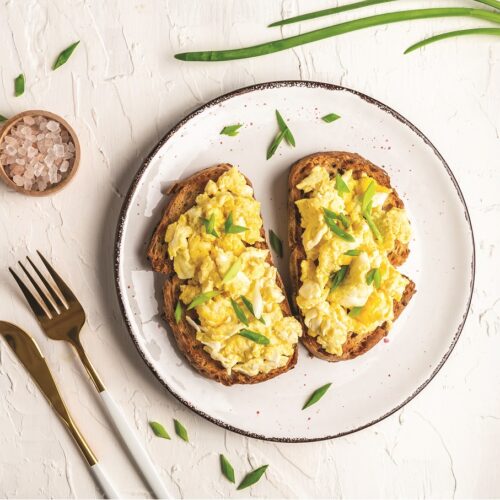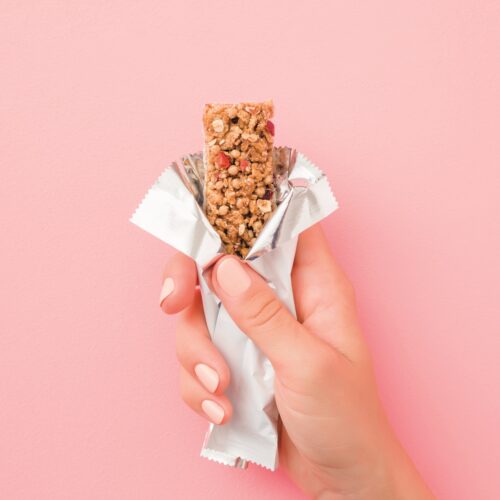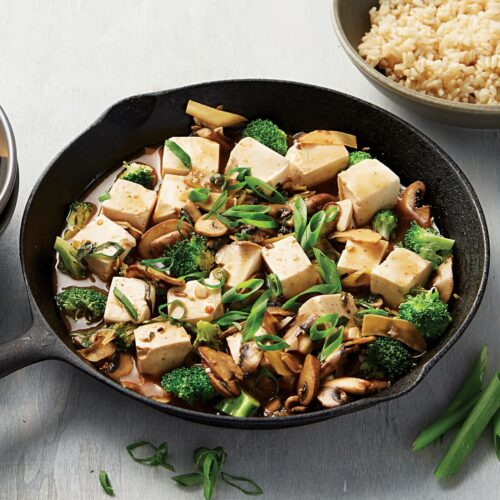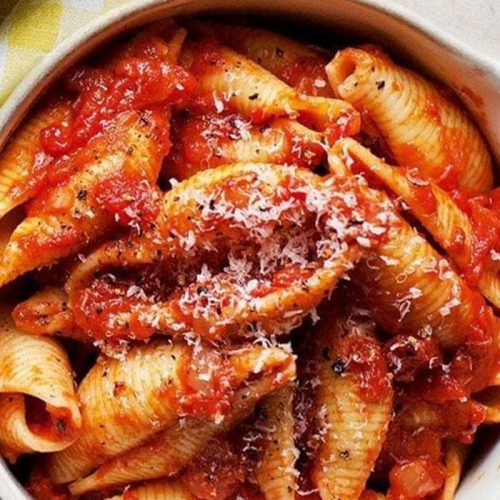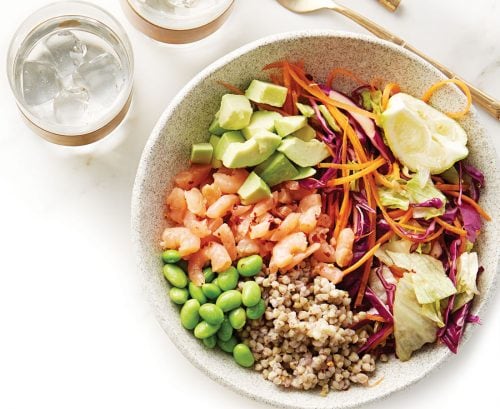
Grains can be a great source of fibre but less so when they’re processed. Choosing whole grains that have been less processed means we can benefit from more fibre and other important nutrients.
Fibre helps give our bowels the bulk we need to keep us regular, and is also an important source of food for our gut bacteria. Eating less-processed whole grains has been found to be beneficial to heart health and reduces the risk of type 2 diabetes and unwanted weight gain. Swapping out some plain flour for wholemeal or using whole grains instead of processed grains with our meals can be a great way to incorporate more into our daily diet.
Here’s how different grains stack up to help us achieve our suggested daily target of fibre.
It is recommended that men aim for 38g fibre a day and women 28g a day.
Any product examples given here were correct at time of publication. However, remember to check the ingredients and nutrition information every so often, as these can change over time.
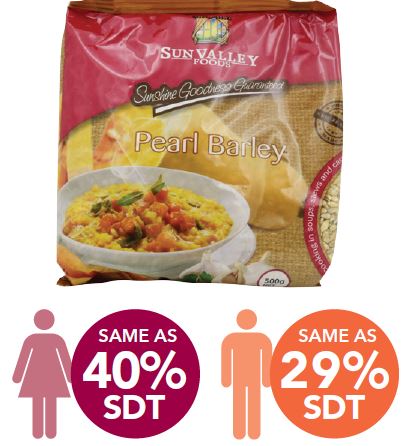
Pearl Barley
11.2g fibre in ¹/³ cup, uncooked
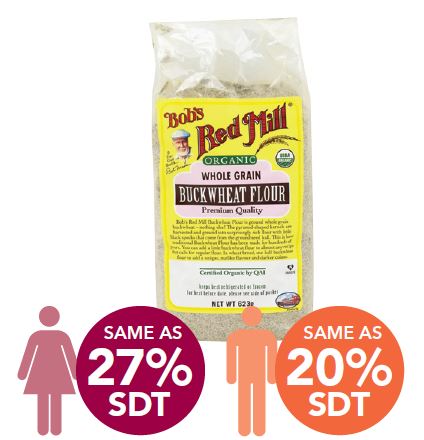
Buckwheat Flour
7.4g fibre in ¼cup, uncooked
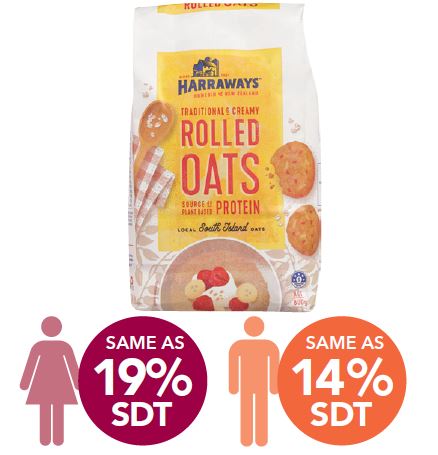
Rolled Oats
5.4g in ½ cup, uncooked
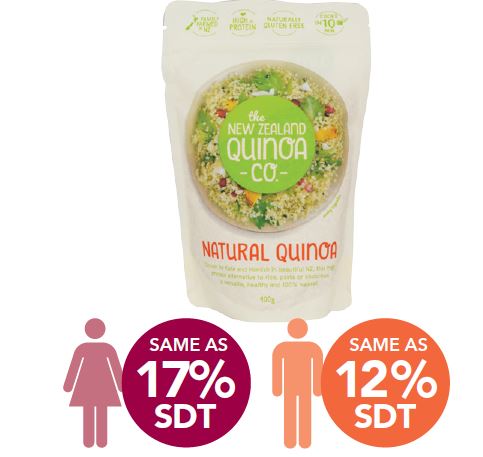
Co. natural Quinoa
4.7g fibre in ¹/³ cup, uncooked
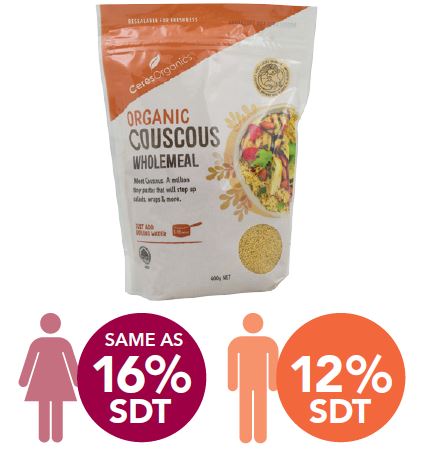
Wholemeal Couscous
4.4g in ¼ cup, uncooked
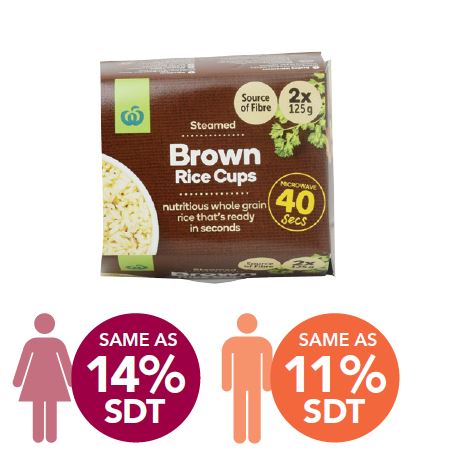
Steamed Brown Rice Cups
4g fibre in 125g cup
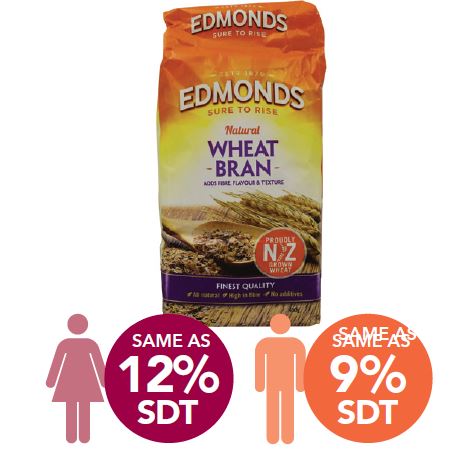
Wheat Bran
3.4g in 2 tablespoons wheat bran
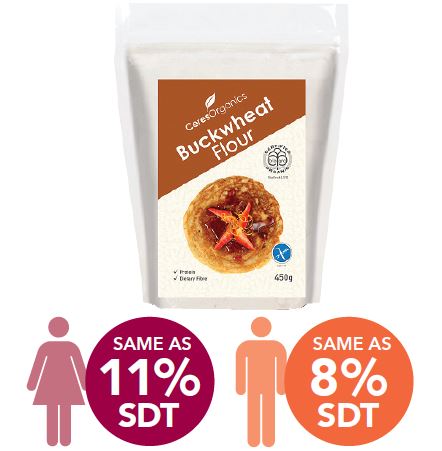
Buckwheat Flour
3.1g in ¼ cup
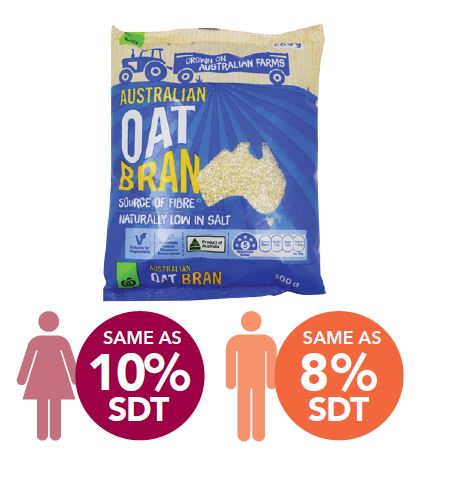
Oat Bran
2.9g fibre in 2 tablespoonsCeres Organics
Polenta
2.6g fibre in 3 tablespoons, uncooked
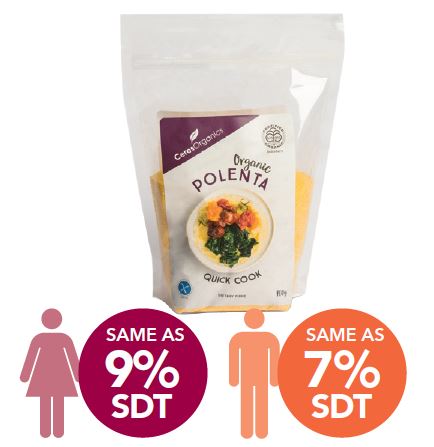
Polenta
2.6g fibre in 3 tablespoons, uncooked
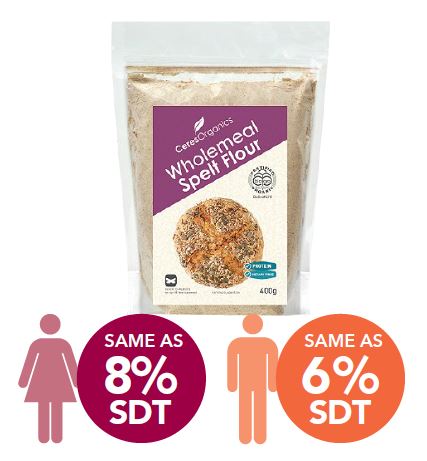
Wholemeal Spelt Flour
2.3g in ¼ cup
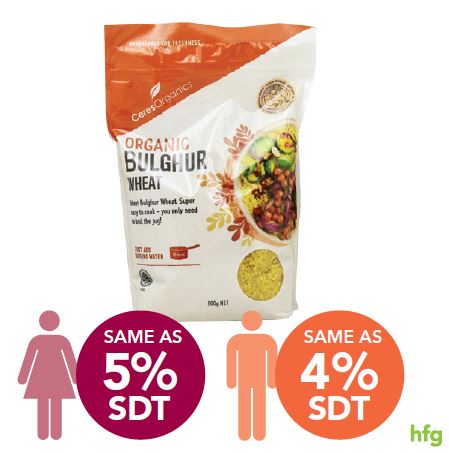
Bulghur Wheat
1.4g in ¹/³ cup, uncooked
Article sources and references
- Reynolds A et al. 2019. Carbohydrate quality and human health: a series of systematic reviews and meta-analyses. Lancet 393:434-45https://www.ncbi.nlm.nih.gov/pubmed/30638909
www.healthyfood.com



